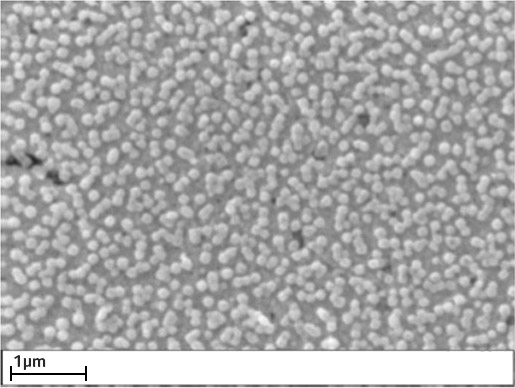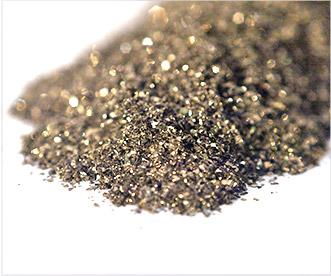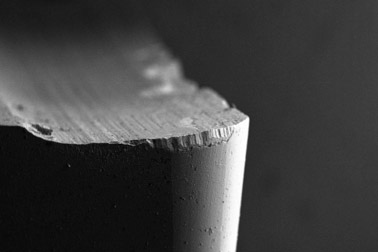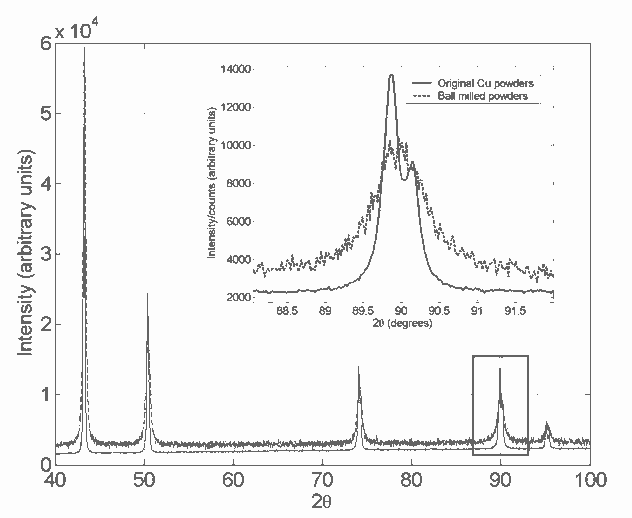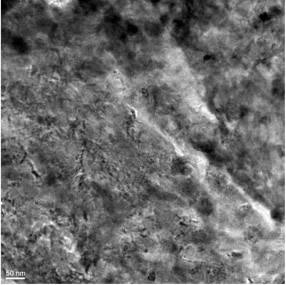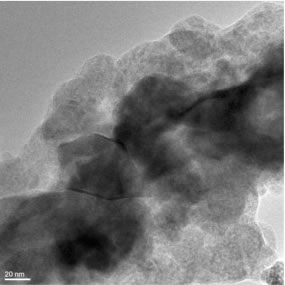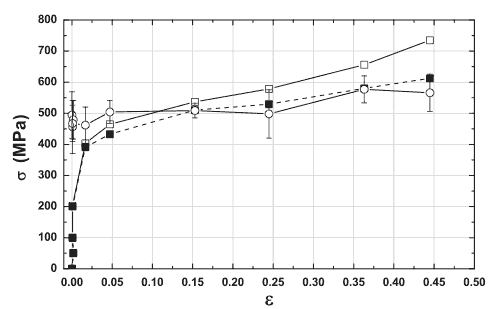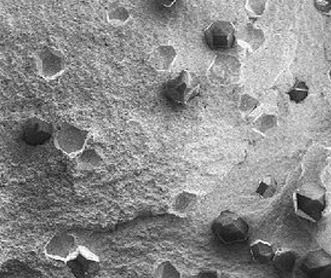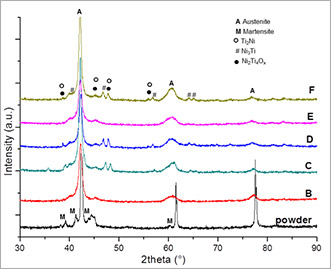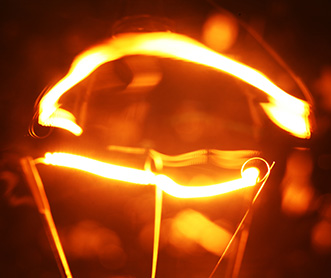One of the most common elements on Earth, iron combines, when properly alloyed, an impressive number of properties and qualities: strength, ductility, availability, versatility, machinability and all at an unbeatable price. Electro-sinter-forging technology is confort- able with iron alloys and a wide, yet far from conclusive, range of tests have been per- formed on:
- pure soft iron
- low alloy, 0% carbon, commercial iron powders
- AISI M2, DIN 1.3343
- Nano-crystalline AISI M2 high speed steel
- AISI H13, X40CrMoV5-1, DIN 1.2344
- AISI T15, DIN 1.3202
- TiC-reinforced AISI H13
Astaloy CrL
One of the most common and well known compositions for the production of steel through powder metallurgy, the Astaloy CrL (Fe-1.5%Cr-0.2%Mo) is a well known powder system by Höganas. The system has been recently put under evaluation by us and Politecnico di Torino to undercover the mechanical properties of electro-sinter-forged components and compare results with the tradition press and sinter. Transverse rupture strengths as high as 1600 MPa with a peak of over 1800 MPa were recorded on the electro-sinter-forged as sintered parts compared to the press and sintered samples with a density of 91% and 780 MPa of TRS.
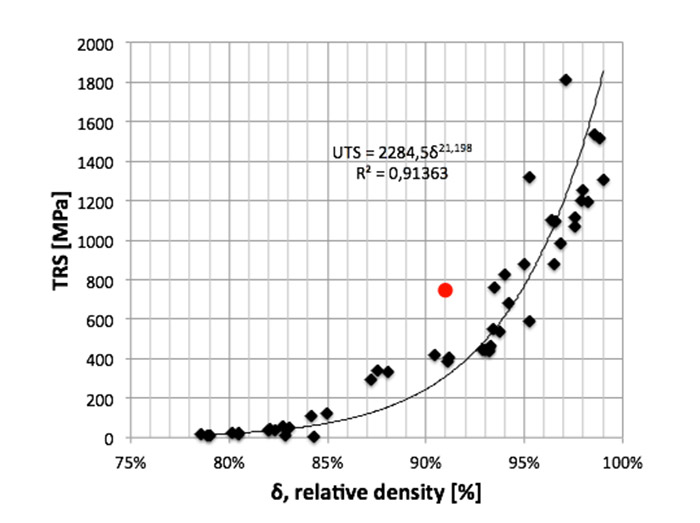
Figure 1 TRS versus density for electro-sinter-forged Astaloy CrL samples (black dots) versus press and sintered (650 MPa + 1240°C for 120 minutes with N2 backfilling)
Nano-crystalline AISI M2
A ferritic steel containing carbides with average size < 30 nm (see SEM image) and a grain size <100 nm (see XRD profile). The material was directly sintered from easy to handle ball milled nano-crystalline micro-metric powders with high flowability.
The as sintered state has an average HV0,5 of 700+/-30 HV and a density above 7,7 g/cc. The homogeneity of the sintered samples is shown in the graph below.
Typical applications: valve seats, cold working tools.
Publication:
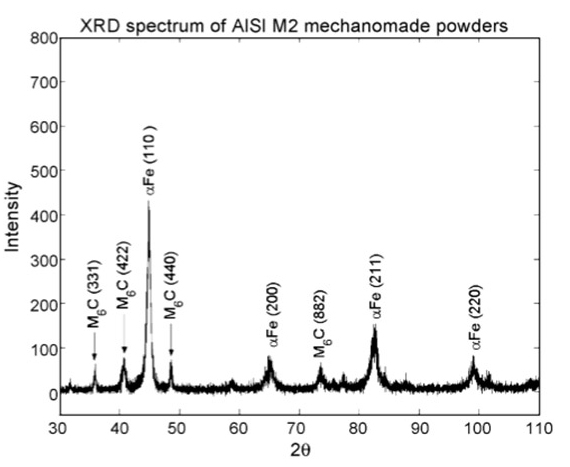
Figure 2 – XRD spectrum of an AISI M2 high speed steel obtained from mechanomade powders
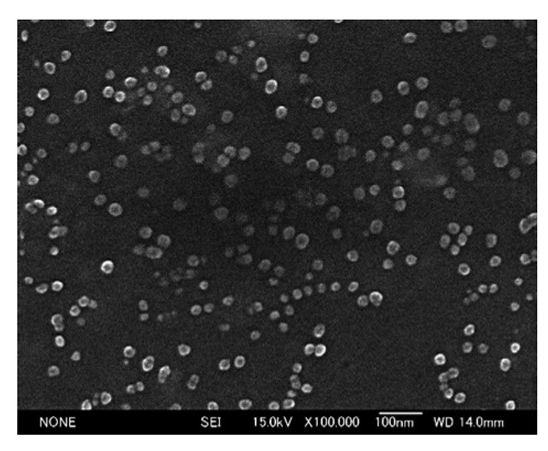
Figure 3 – SEM image of fine, homogeneous nanometric carbides in a nanocrystalline AISI M2.
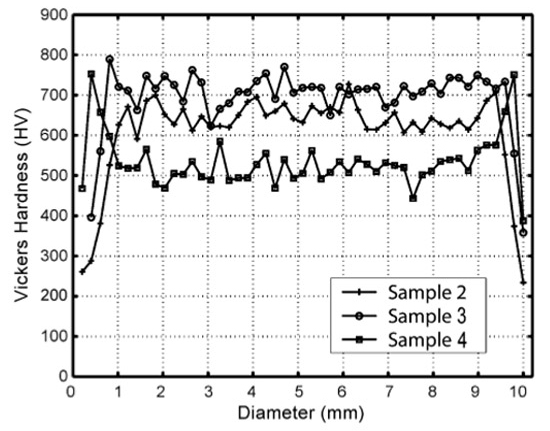
Figure 4 – Hardness profiles of different capacitor discharge sintered samples.
